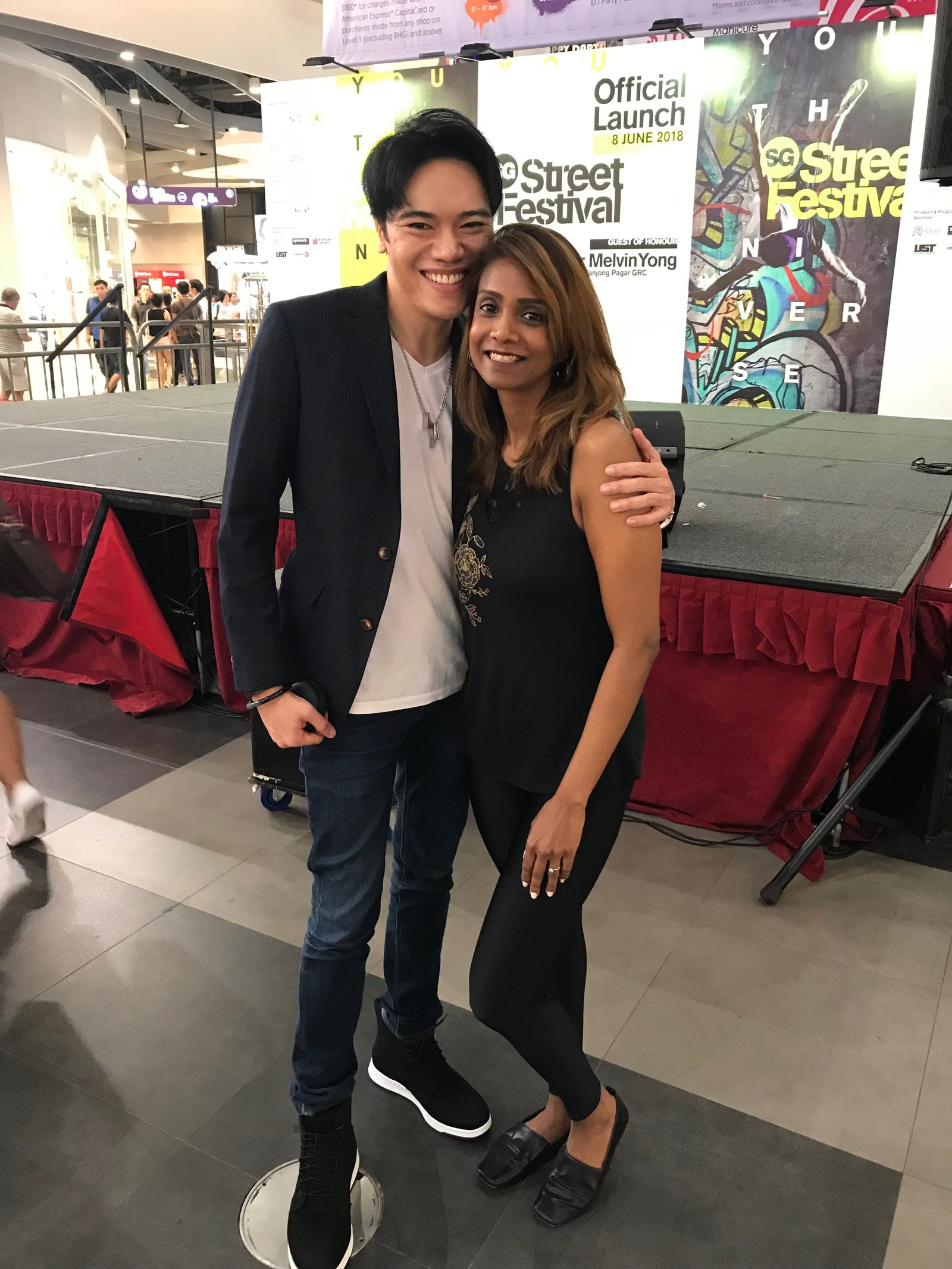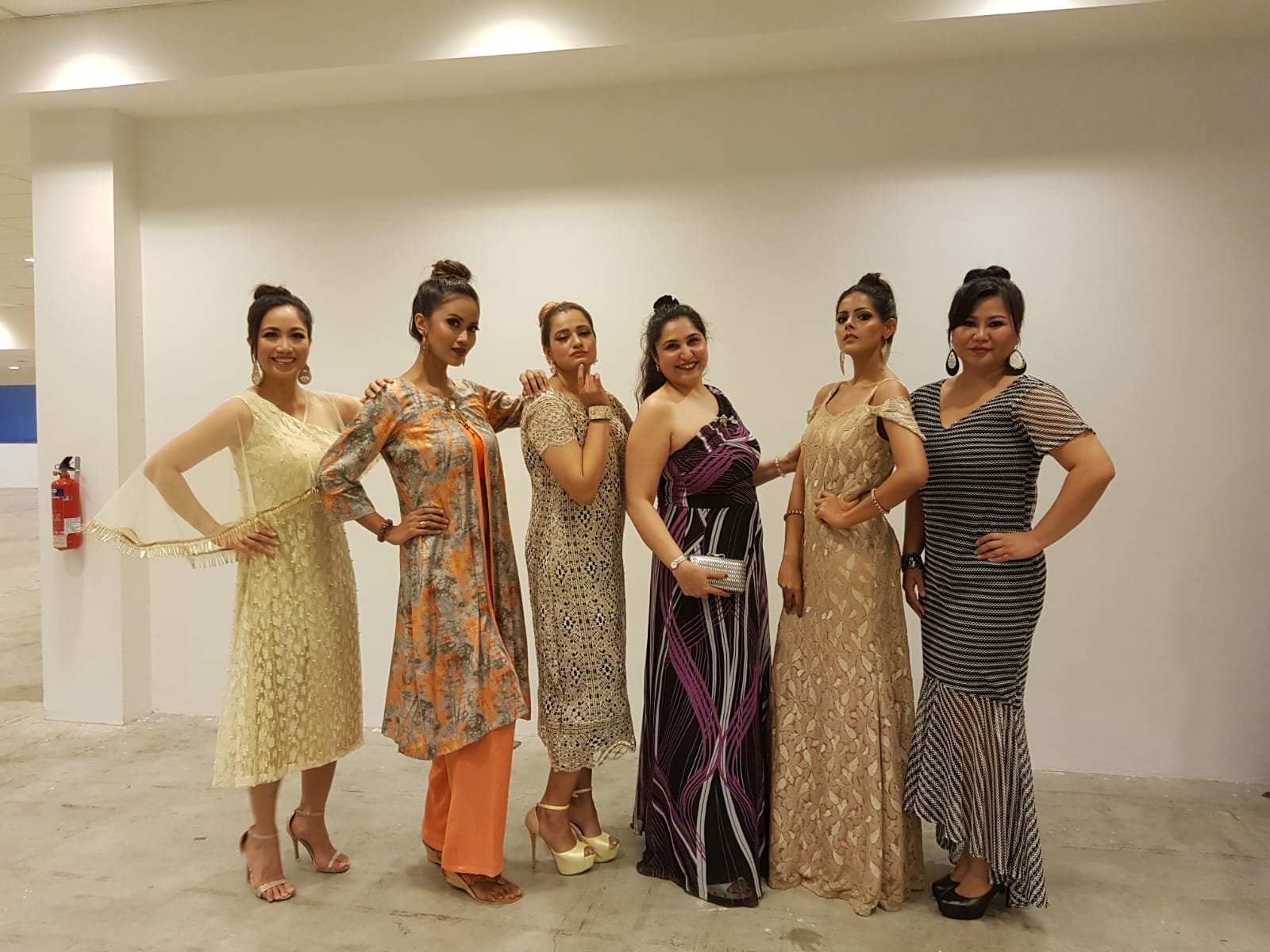
My experiences as a dark-skinned woman in Singapore have been punctuated by painful doses of Colorism throughout my life. I am not alone, not by a long shot. It is an issue I have in common with Singaporeans of all races and many people around the world. My decision to shed a light on this oft-overlooked issue has led to amazing conversations with some very intelligent women.
“One person can’t possibly have all the solutions,” Dr. Donna Oriowo stressed to me recently, “It has to be a concerted, collective effort!” The spirited international speaker, clinically-licensed social worker, sex & relationships educator, and founder of AnnodRight (http://www.annodright.com) is a staunch opponent of Colorism.
Speaking to Dr. Oriowo opened up a whole new world for me. Even though I had done my research and familiarized myself with the history and impact of Colorism, I had overlooked its roots in capitalism and power. She helped me see how segments of society benefit from Colorism and don’t want to give up its privileges.
A ‘Checkered’ History
In ancient times, light skin was directly associated with wealth. The nobility lived largely indoors, out of the sun at its peak; commoners toiled outside, bearing the fruits of their labor in their complexions. Over time, this led to a widespread idea that those with lighter skin were inherently superior. As nations and people evolved, that idea was ingrained into our collective consciousness.
Dr. Oriowo says that the anchors of Colorism are those with the darkest skin. That assertion implies that Black people with dark skin suffer most from Colorism while Asians, Latinos and Indians suffer less. She contends that no one benefits directly from Colorism except Caucasians.
Today, Eurocentric features based on Western beauty ideals come with implicit advantages. Those with light skin, straight hair, thin and long noses, small mouths and sharp jawlines are elevated by the community simply by virtue of possessing those physical features.
It works almost like a set of scales, with advantages on one side and disadvantages on the other. One less advantageous feature means that the scale tilts just that little bit further against you. Meanwhile, each ‘desirable’ physical trait evens the balance against your ‘shortcomings’.
So, straight hair and a small nose on a person with dark skin elevates them above someone with kinky hair, sharp features and skin that is a shade lighter. Two out of three ain’t bad, right? The more boxes you tick, the better.
Our brains are perpetually performing this instinctive mental checklist all the time. In fact, skin tone is the first thing we notice in each other. People of all races, even those with the darkest skin themselves, associate fair skin with intelligence, goodness and pureness.
Skin tone, hair texture and facial features affect a person’s likelihood of being stopped by the police, the job opportunities they get and even their salary. Of those factors, skin color is the most obvious and also the hardest to change.
Anti-Racism vs. Anti-Colorism
So where do we draw the line between Colorism and racism? Dr. Oriowo says that her in-depth research shows that the lines are increasingly blurred.
“Colorism and racism are inextricably linked. It started with white supremacy and was compounded by colonialism. Yet, people are taught not to look at Colorism and instead focus mainly on racism. Consequently, Colorism takes a backseat while the fight against racism steals the limelight.
“It is considered more of a personal problem than a global issue. Dark-skinned people who talk about their plight are portrayed as oversensitive and divisive when their motivations are exactly the opposite. Raising awareness of Colorism can only help in the fight for equality.”
A significant component of Dr. Oriowo’s research focuses on the role of the media in perpetuating Colorism. The world’s biggest film factories of Hollywood, Bollywood (India) and Nollywood (Nigeria/Africa) are still spreading colonialist themes through their productions.
Black isn’t truly black in the movies. During the first Black is Beautiful movement, dark-skinned Black women trickled into Hollywood via stereotypical roles.
Today, the biggest stars billed as black are increasingly of mixed parentage and have lighter skin, lighter eyes and straighter hair. What nature hasn’t bestowed can be achieved through hair dye, skin bleach, lighting, filters and Photoshop.
This is especially true of female stars. However, they all adopt the ‘black’ tag because it boosts their profile. Halle Berry, Jada Pinkett-Smith, Alicia Keys, Rihanna and Beyoncé are the best-known examples. In Bollywood and Nollywood, it is personified by stars like Kajol, Deepika Padukone, Rukky Sanda and Dencia.
The world’s largest market for skin bleach is Nigeria. Think about that for a second. Think about how many little girls out there are crying right now as they look into a mirror.
What ‘black’ celebrities are propagating damages the psyche of kids as well as that of adults. They are perfect examples of how Colorism can be more damaging than racism; it is both interracial and intra-racial.
A Dearth of Allies
While it is easy to find consensus on racism, the attack against Colorism is much more blunted. Most of the world’s staunchest proponents of racial equality are Caucasian. When it comes to Colorism, though, lines are drawn in the sand. Those who are not White but still rank in the upper echelons of the ‘hierarchy’ are content with the advantages granted to them by the status quo.
But Colorism is not a black-skinned or brown-skinned person’s problem. It is a DARK-skinned person’s problem.
As Dr. Oriowo put so aptly, “We’ve suffered enough and we can make as much noise as we need to combat this massive problem. It’s ok if we ourselves don’t have the answers to the problem. Everyone has a part to play in fighting the good fight. It’s everyone’s duty to come up with solutions.
“And one last tip for anyone not happy with those who speak up against it: If you don’t like the squeaky wheel, oil it!”


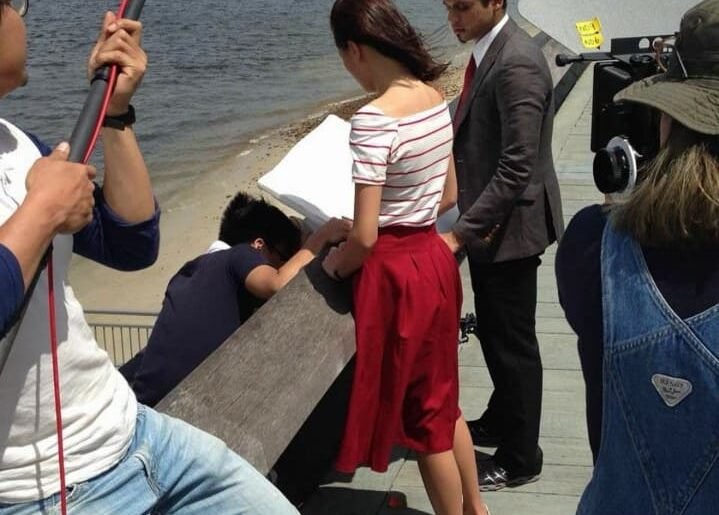











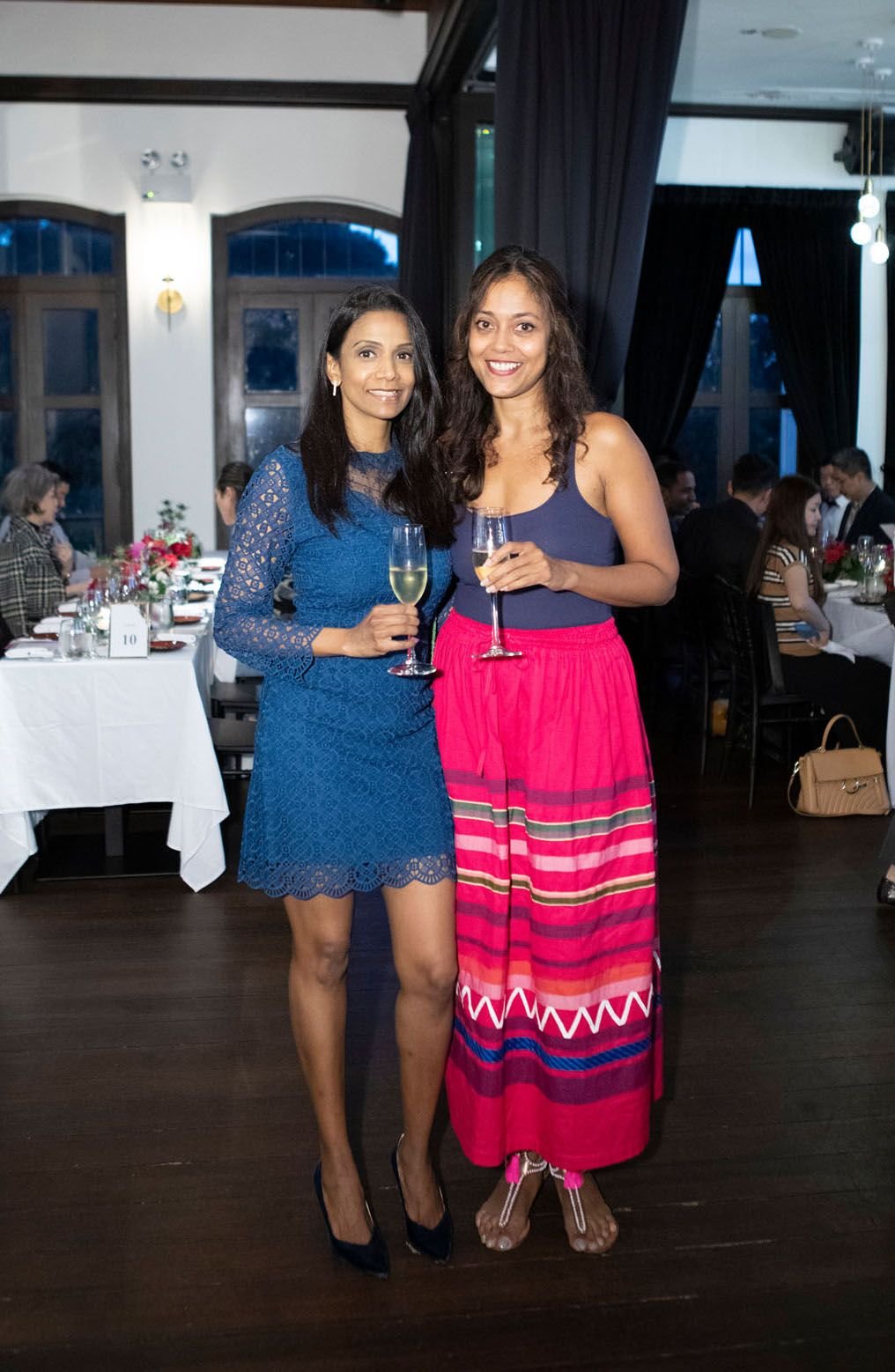 So about the Tatler Design Awards, it’s an event to celebrate the resurgence of styles of the past in the world of interior design. This year it was held at Spanish restaurant Una at The Alkaff Mansion, where industry insiders and homeowners gathered to fete the winners of the night.
So about the Tatler Design Awards, it’s an event to celebrate the resurgence of styles of the past in the world of interior design. This year it was held at Spanish restaurant Una at The Alkaff Mansion, where industry insiders and homeowners gathered to fete the winners of the night.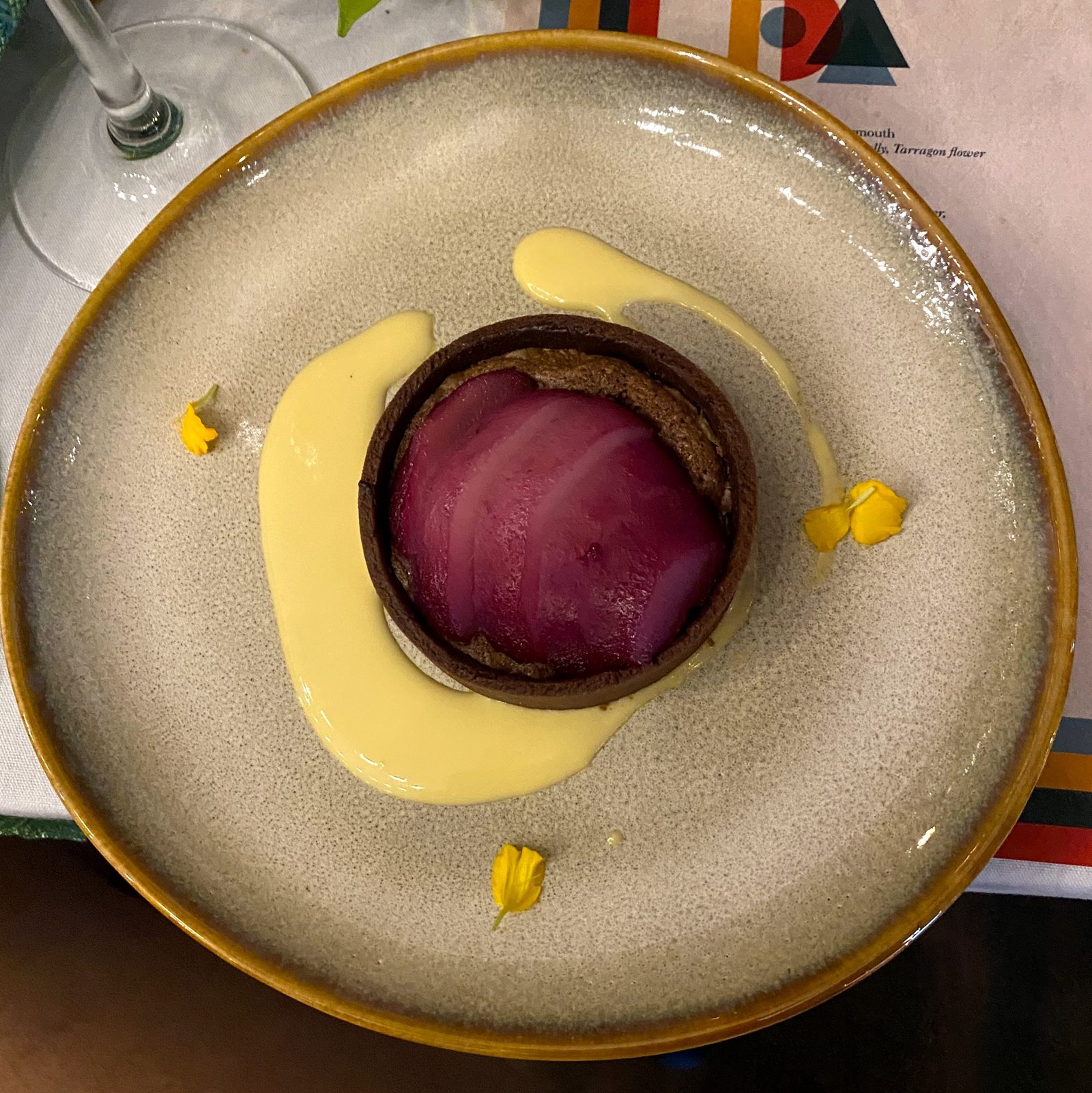
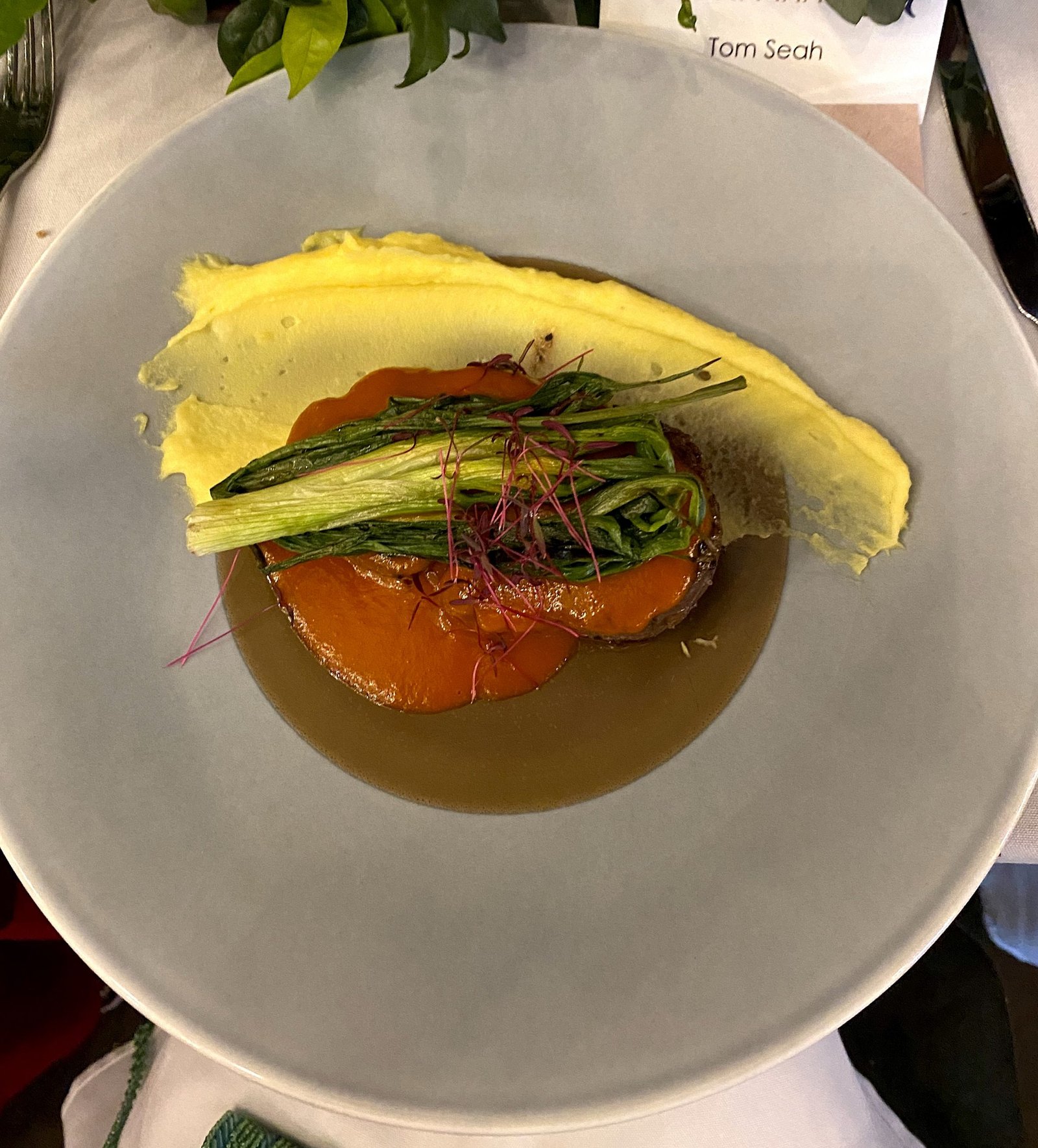

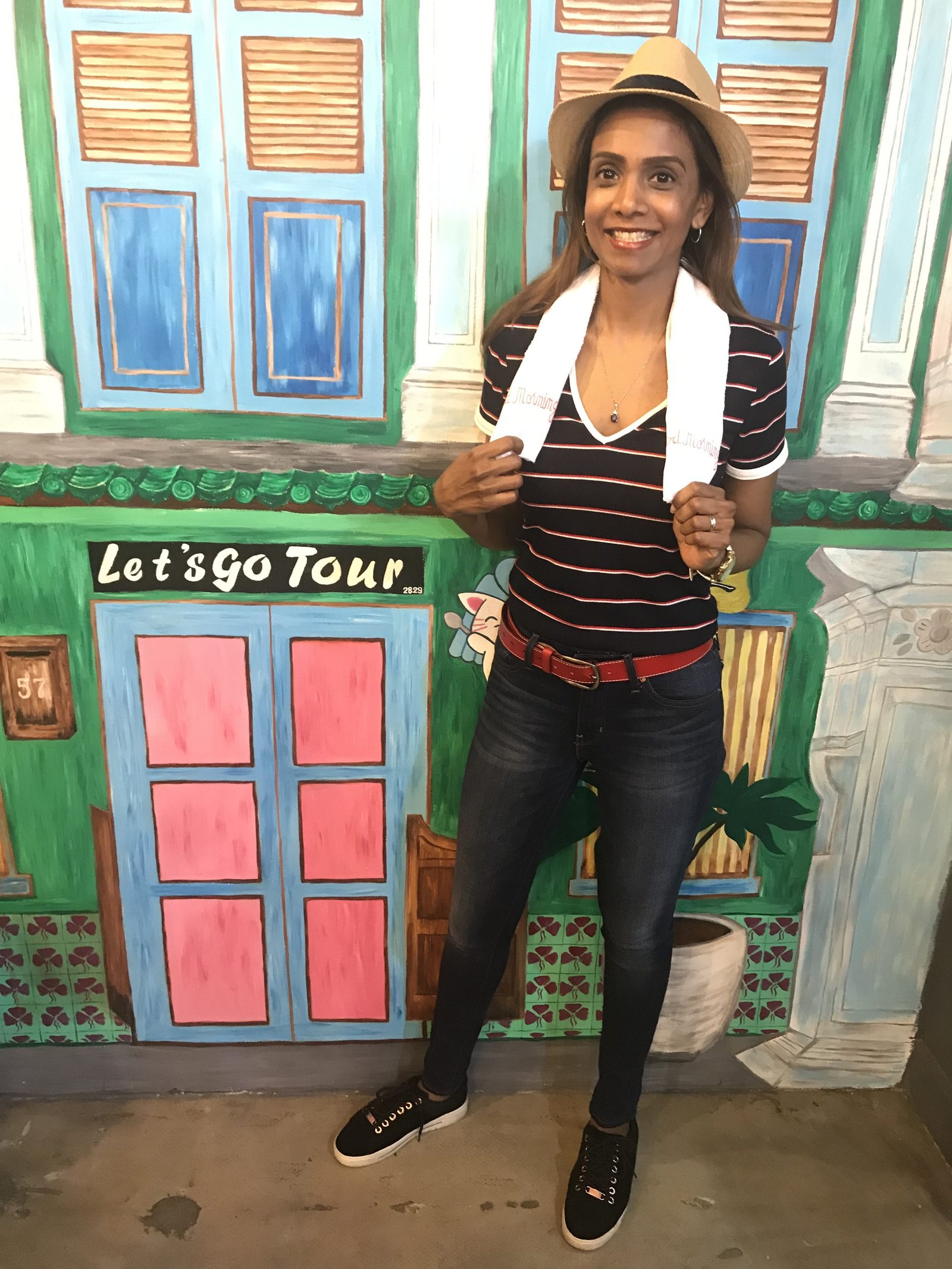


 SINGAPOPERA, a celebration of the musicals of Dick Lee spanning 30 years of theatrical productions, is a ferociously enjoyable show. Truth be told, I was never one to take interest in the local theatre/musical scene and after all the talent I witnessed last night, I must admit regret not having done so sooner. Every performance was stupendously good. From dynamic vocals to showmanship, these musical geniuses made us laugh, cry, sing along and most of all, they made us PROUD.
SINGAPOPERA, a celebration of the musicals of Dick Lee spanning 30 years of theatrical productions, is a ferociously enjoyable show. Truth be told, I was never one to take interest in the local theatre/musical scene and after all the talent I witnessed last night, I must admit regret not having done so sooner. Every performance was stupendously good. From dynamic vocals to showmanship, these musical geniuses made us laugh, cry, sing along and most of all, they made us PROUD. 





